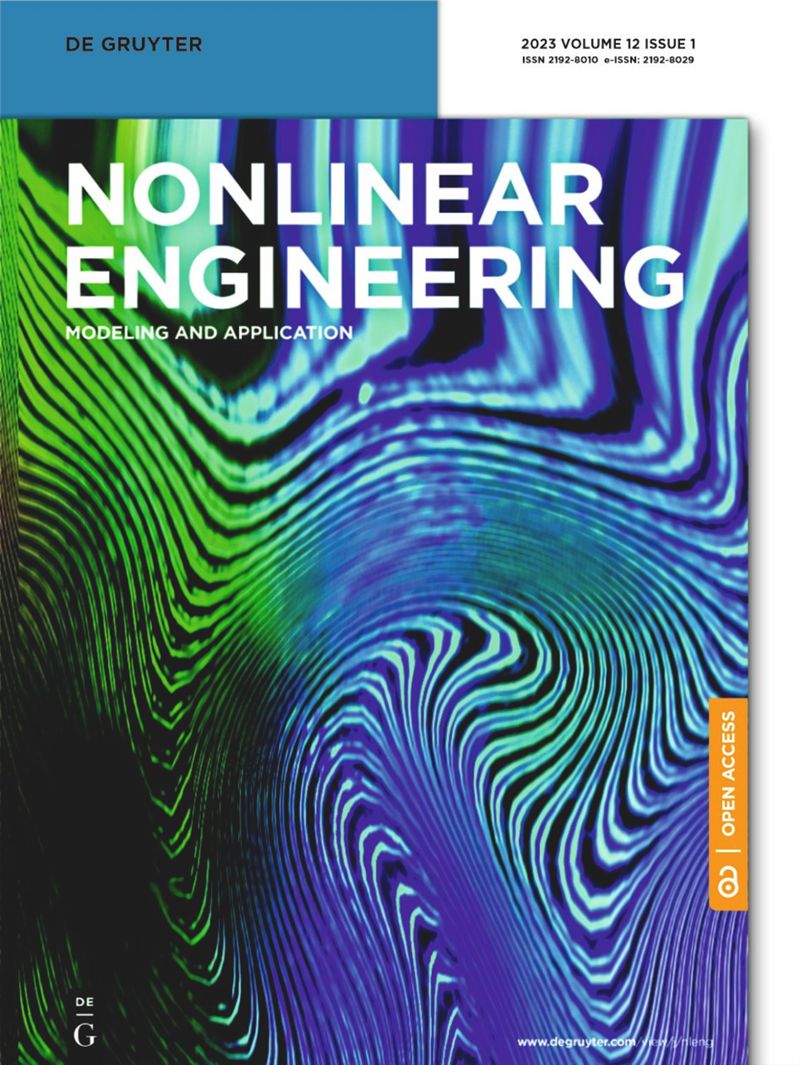基于AIS数据模型和非线性有限元的桥船碰撞风险分析
IF 2.4
Q2 ENGINEERING, MECHANICAL
引用次数: 0
摘要
摘要针对船舶桥梁碰撞风险评估中船舶碰撞概率的计算问题,基于自动识别系统(AIS)数据获取船舶碰撞影响参数,解决现有方法未考虑特定桥梁通航区域内实际可航船舶信息的问题。基于AIS数据,对帆船进行动力学分析,获得船舶位置、航速、偏航角等参数,对船舶交通流进行分析,并对实际船舶交通流规范模型中的几何概率进行修正。对校正前后的结果进行了比较分析。结果表明:在所有工况下,防撞装置的最大横向位移约为1.5 s,表明在碰撞力时程中,碰撞力从该时刻开始连续下降至0。在碰撞过程中,防撞装置通过自身变形吸收部分碰撞能量。在一定初始动能的前提下,工事后因碰撞能量吸收而产生的变形会减小。防撞装置在5000吨船舶的冲击下,局部发生永久性变形,但不发生损坏和失效,不会造成进水和下沉。验证了所构建的渔业船舶碰撞风险评估模型和所开发的渔业船舶安全管理与评价系统的可靠性和预测结果的可信性,为渔业船舶安全管理与评价提供了科学的方法。对于船舶航行条件复杂的桥梁区域,需要利用AIS数据获取的实际通航船舶信息来估计桥梁区域内船舶的分布,以提高计算结果的准确性。本文章由计算机程序翻译,如有差异,请以英文原文为准。
Risk analysis of bridge ship collision based on AIS data model and nonlinear finite element
Abstract To solve the problem of calculating the probability of ship collision in ship bridge collision risk assessment, the impact parameters of ship collision are obtained based on the automatic identification system (AIS) data to solve the problem that the existing methods do not consider the actual navigable ship information in a specific bridge navigation area. Based on AIS data, the dynamics of sailing ships are analyzed, parameters such as ship position, speed, and yaw angle, are obtained, ship traffic flow is analyzed, and the geometric probability in the actual ship traffic flow specification model is modified. The results before and after correction were compared and analyzed. The results show that the maximum transverse displacement of the anti-collision device is about 1.5 s under all working conditions, indicating that the collision force drops continuously from this moment to 0 in the collision force time history. In the process of collision, the anti-collision device absorbs part of the collision energy through its own deformation. Under the premise of a certain initial kinetic energy, the deformation caused by the collision energy absorption after fortification will be reduced. The anti-collision device has local permanent deformation under the impact of 5,000 t ship, but no damage and failure, and will not cause water entry and subsidence. It proves that the constructed fishery ship collision risk assessment model and the developed fishery ship safety management and evaluation system are reliable and the prediction results are credible, which can provide scientific methods for the safety management and evaluation of fishery vessels. For the bridge area with complicated ship navigation conditions, it is necessary to use the actual navigable ship information obtained based on AIS data to estimate the distribution of ships in the bridge area to improve the accuracy of the calculation results.
求助全文
通过发布文献求助,成功后即可免费获取论文全文。
去求助
来源期刊
CiteScore
6.20
自引率
3.60%
发文量
49
审稿时长
44 weeks
期刊介绍:
The Journal of Nonlinear Engineering aims to be a platform for sharing original research results in theoretical, experimental, practical, and applied nonlinear phenomena within engineering. It serves as a forum to exchange ideas and applications of nonlinear problems across various engineering disciplines. Articles are considered for publication if they explore nonlinearities in engineering systems, offering realistic mathematical modeling, utilizing nonlinearity for new designs, stabilizing systems, understanding system behavior through nonlinearity, optimizing systems based on nonlinear interactions, and developing algorithms to harness and leverage nonlinear elements.

 求助内容:
求助内容: 应助结果提醒方式:
应助结果提醒方式:


